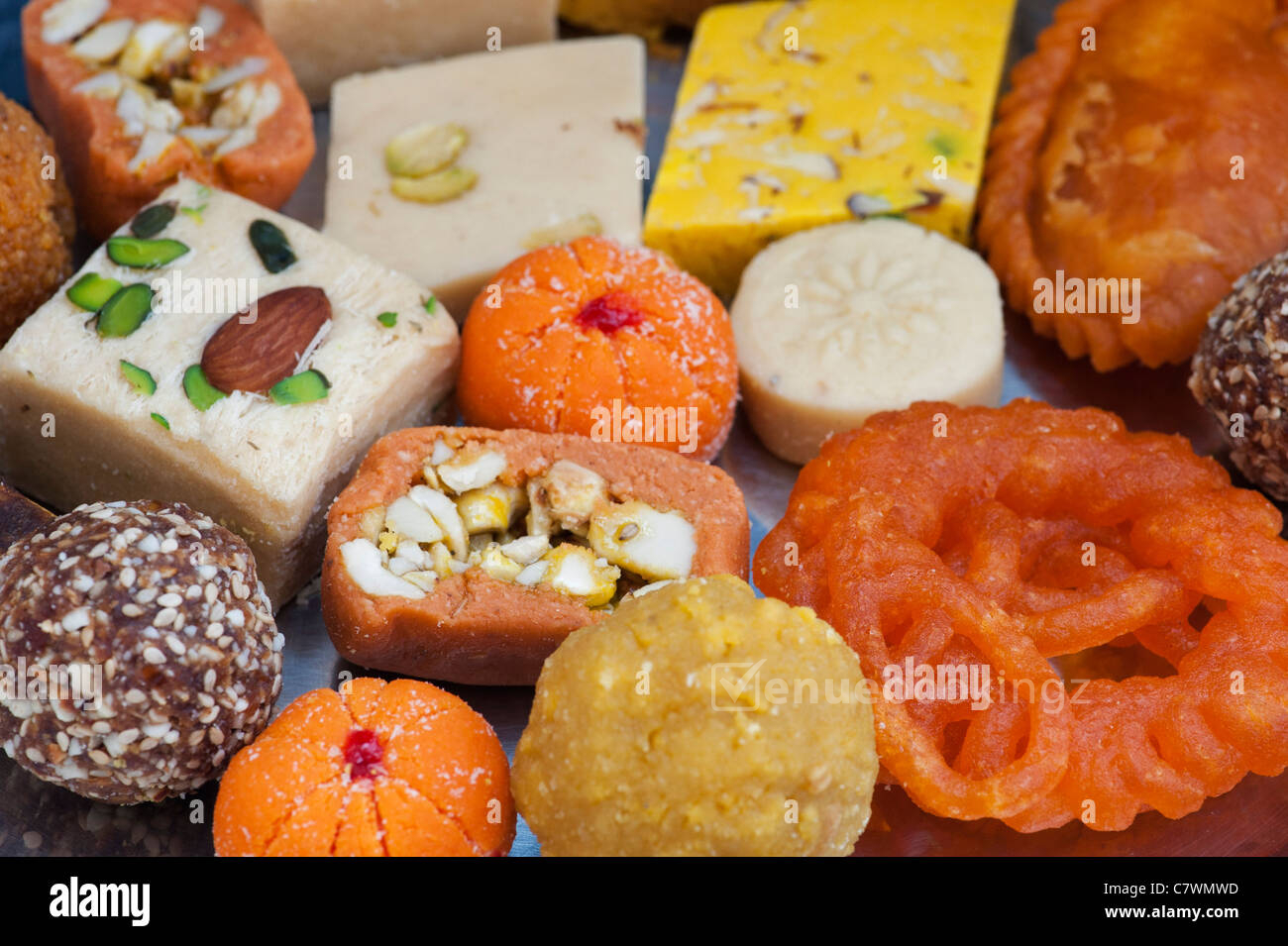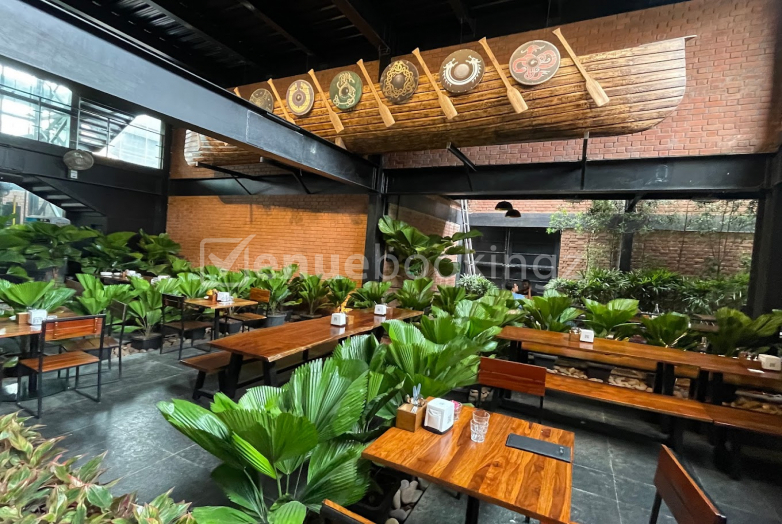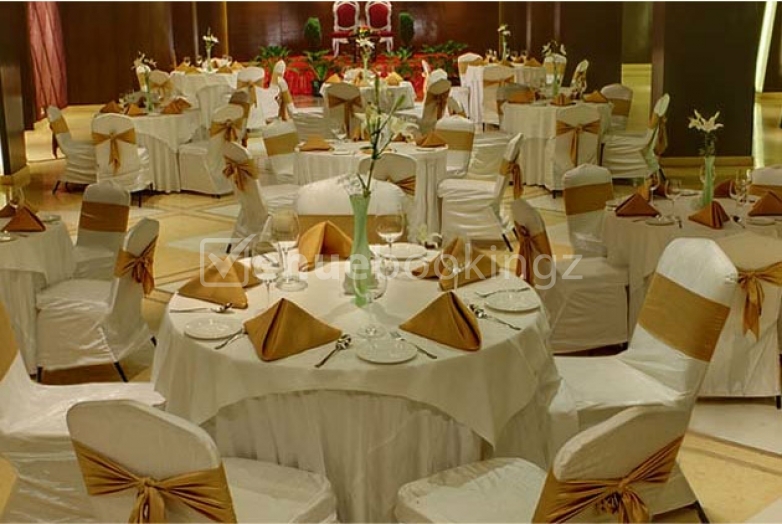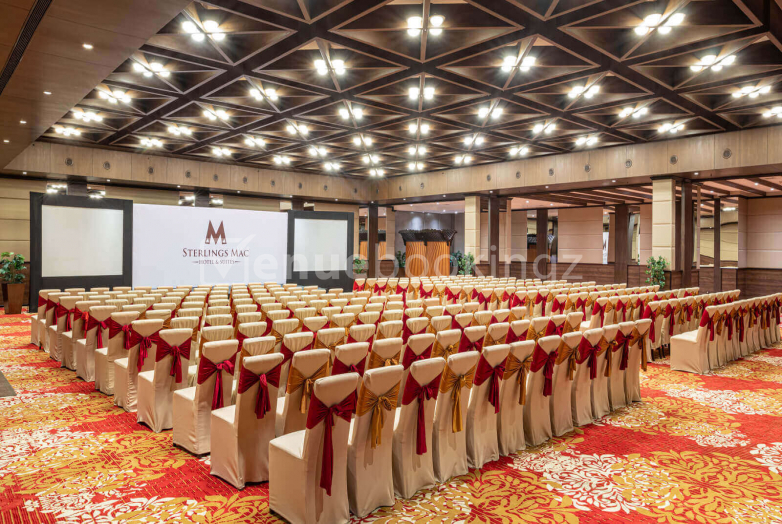South Indian weddings are known for their opulence and grandeur, and sweets play an integral role in these celebrations Historically, sweets have been considered a symbol of prosperity and joy, marking joyous union of two families.
In a typical South Indian wedding, sweets are omnipresent — from the welcoming of guests to the culmination of the wedding feast. They are not just culinary delights but a way to honor traditions and bring communities together.
Sweets symbolize the sweetness of the new journey that the couple is about to embark on. Each sweet often has a story and a tradition attached to it, enhancing its cultural significance.
The Diversity of South Indian Sweets
Regional Variations:South India is incredibly diverse, and so are its sweets. From the ghee-laden sweets of Karnataka to the jaggery-rich delicacies of Tamil Nadu, each state has its unique offerings.
Common Ingredients:Many South Indian sweets share common ingredients like rice, jaggery, coconut, and cardamom, yet each has a distinct flavor and preparation method that sets it apart.
Preparation Methods:Preparation techniques can range from deep frying to slow cooking, with some sweets requiring meticulous craftsmanship. Whether it's the perfect blend of spices or the right proportion of ingredients, the process is both an art and a science.
Mysore Pak
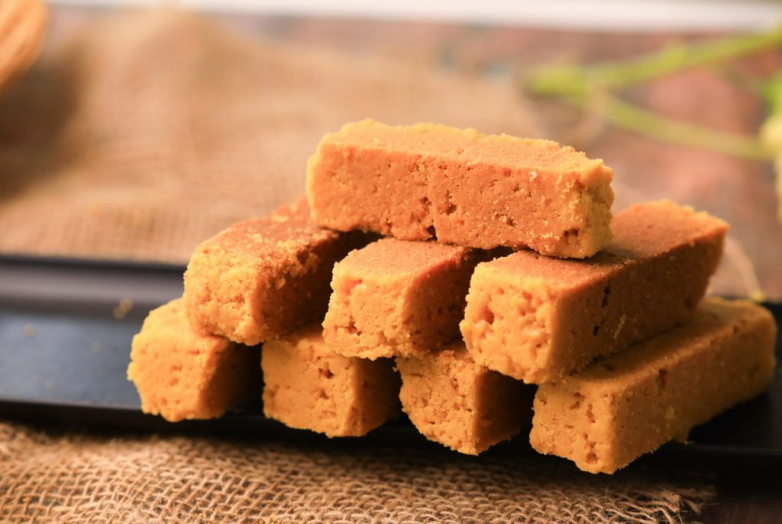
Beginnings in the Mysore Palace
Mysore Pak traces its origin to the royal kitchens of the Mysore Palace in Karnataka. Legend has it that this sweet was created by accident when a royal cook experimented with gram flour, ghee, and sugar.Over time, Mysore Pak has evolved, with versions ranging from the original hard texture to softer, melt-in-the-mouth varieties.
Ingredients:Besan (Gram Flour), Ghee, Sugar
Preparation
- Roast gram flour in ghee until it turns aromatic.
- Prepare a sugar syrup of one-thread consistency.
- Slowly mix the roasted gram flour into the sugar syrup.
- Continue stirring until the mixture thickens and leaves the sides of the pan.
- Pour into a greased tray, let it cool, and cut into pieces.
Adhirasam
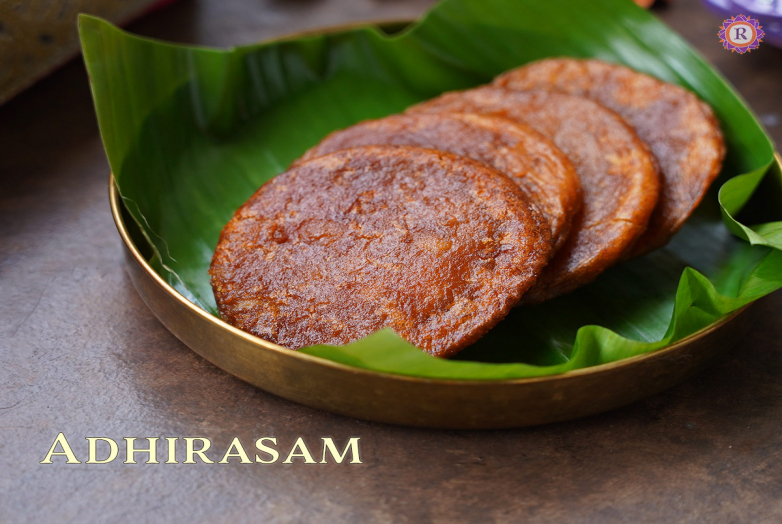
Traditional Significance
Adhirasam is a traditional sweet that has been a part of South Indian festivals and weddings for centuries. It holds a special place in Tamil Nadu's culinary culture.Popular in Tamil Nadu, each household has its unique recipe passed down through generations.
Essential Ingredients: Rice Flour, Jaggery, Cardamom
Detailed Preparation Process
- Soak and grind rice to make a fine flour.
- Prepare jaggery syrup to a soft-ball consistency.
- Mix rice flour into the syrup to form a dough.
- Let the dough ferment overnight.
- Flatten the dough into discs and deep fry until golden brown.
Kozhukattai/Modak
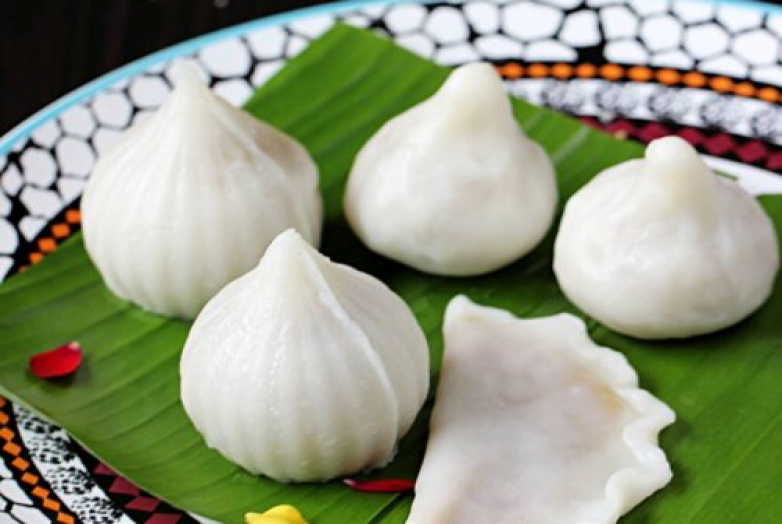
Kozhukattai vs Modak
Known as Kozhukattai in Tamil Nadu and Modak in Maharashtra, both share the same essence but differ in preparation and stuffing.In Karnataka, it's known as Kadubu, and in Andhra Pradesh as Kudumulu.
Popular Fillings: Coconut and Jaggery, Lentils and Spices, Cardamom
Making the Perfect Kozhukattai
- Prepare the outer dough with rice flour and water.
- Make the stuffing with coconut, jaggery, and cardamom.
- Shape the dough into small cups, fill with stuffing, and seal.
- Steam for 10-15 minutes.
Payasam/Kheer
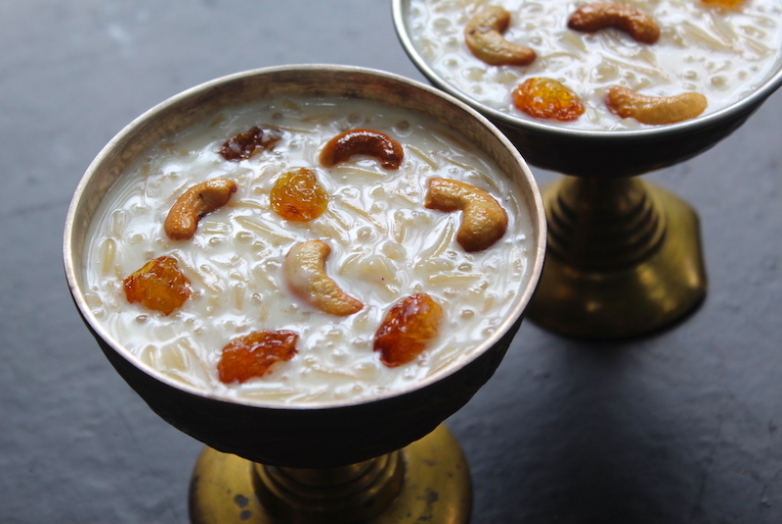
Traditional Serving Methods
Called by different names Paal Payasam (Milk Kheer), Semiya Payasam (Vermicelli Kheer),Paruppu Payasam (Lentil Kheer). Slow cooking is key to achieving a creamy texture. Typically served in small bowls, often as part of the final course in a meal.Commonly served during weddings, festivals, and special gatherings.
Key Ingredients: Milk, Jaggery or Sugar, Cardamom
Preparation Techniques
- Choose a base like rice, vermicelli, or lentils.
- Cook the base in milk until soft.
- Sweeten with jaggery or sugar.
- Flavor with cardamom and garnish with nuts.
Boondi Ladoo
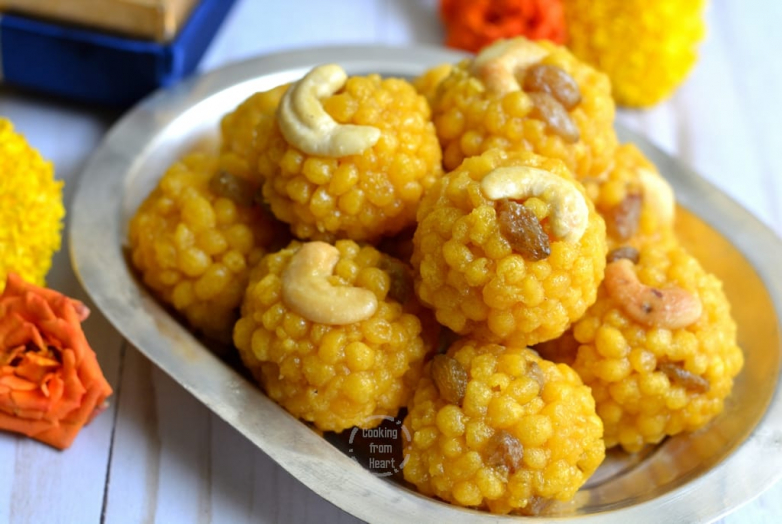
Origins and Evolution
Originally from North India, Boondi Ladoo has become a staple in South Indian weddings due to its delicious taste and festive appeal.In South India, it's often made with added spices like cardamom and saffron.
Core Ingredients: Besan (Gram Flour), Sugar, Ghee
Step-by-Step Preparation Method
- Make a batter with gram flour and water.
- Fry boondi (small drops of batter) until golden.
- Prepare sugar syrup of one-thread consistency.
- Mix the fried boondi in the syrup.
- Shape into round ladoos while slightly warm.
Jalebi
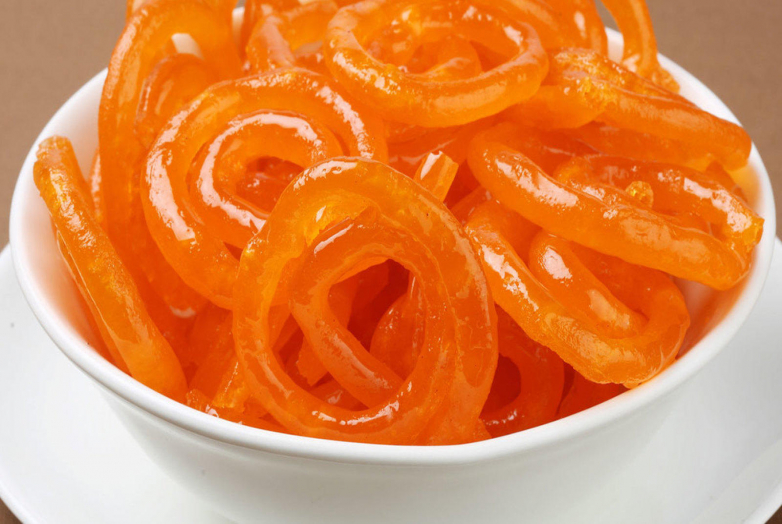
Cross-Cultural Influence
While Jalebi is enjoyed across India, it holds a special place in South Indian weddings for its sweetness and intricate design.Popularly served during the wedding feast to delight the guests with its crunchy and syrupy texture.
Necessary Ingredients: All-Purpose Flour, Yogurt, Sugar
Frying and Syrup Techniques
- Prepare a batter with flour and yogurt.
- Ferment the batter overnight.
- Pipe the batter into hot oil in spiral shapes.
- Fry until golden and crispy.
- Soak in sugar syrup flavored with saffron and cardamom.
Pongal
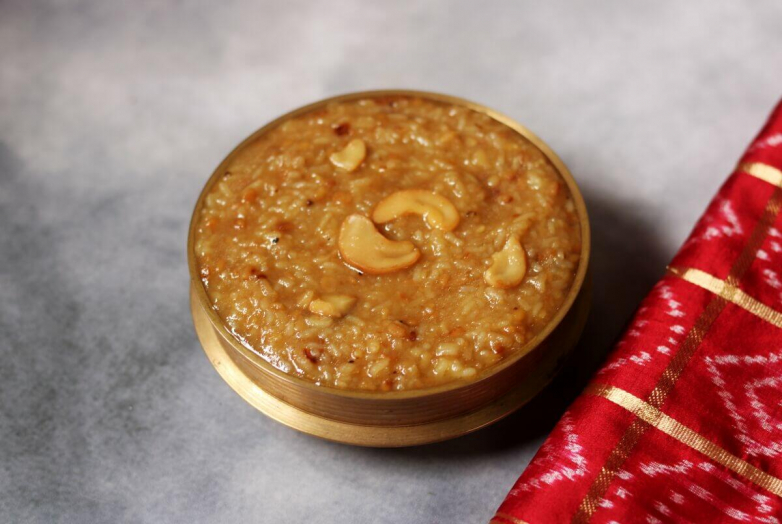
Sweet Pongal vs Ven Pongal
Sweet Pongal (Sakkarai Pongal) is typically made with jaggery and offered during auspicious occasions, while Ven Pongal is savory.In Kerala, it’s known as Chakkara Pongal, made with coconut milk.
Core Components: Rice, Jaggery, Moong Dal
Flavor Enhancements
- Cardamom, ghee, and roasted nuts.
- Primarily prepared during the Pongal festival to thank the Sun God.
- Also served as a prasad in temples during special pujas.
Madurai Jigarthanda
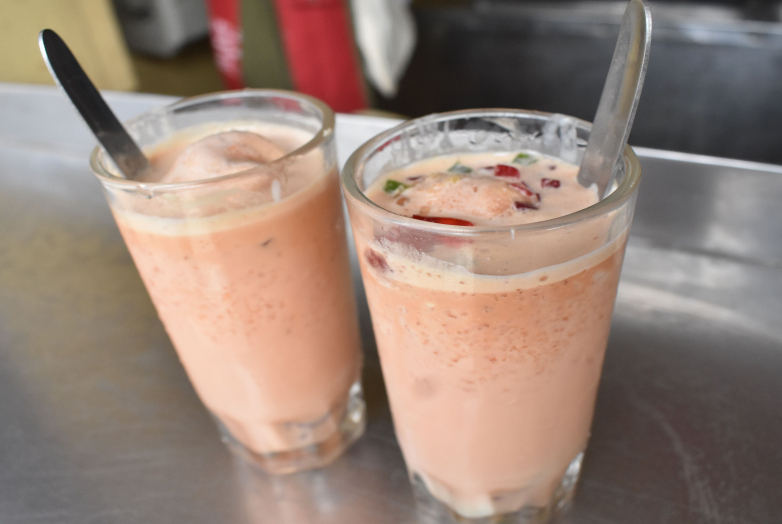
Historical Context
Originating from Madurai, this cold dessert drink is a refreshing treat, especially popular in the hot southern climate.Gained immense popularity and is an essential part of Madurai’s street food culture.
Core Components: Milk, Almond Gum (Badam Pisin), Nannari Syrup
Layering for Perfection
- Soak almond gum overnight.
- Boil and reduce the milk to half its volume.
- Prepare Nannari syrup from roots.
- Layer soaked gum, reduced milk, Nannari syrup, and ice cream.
Thenkuzhal Murukku
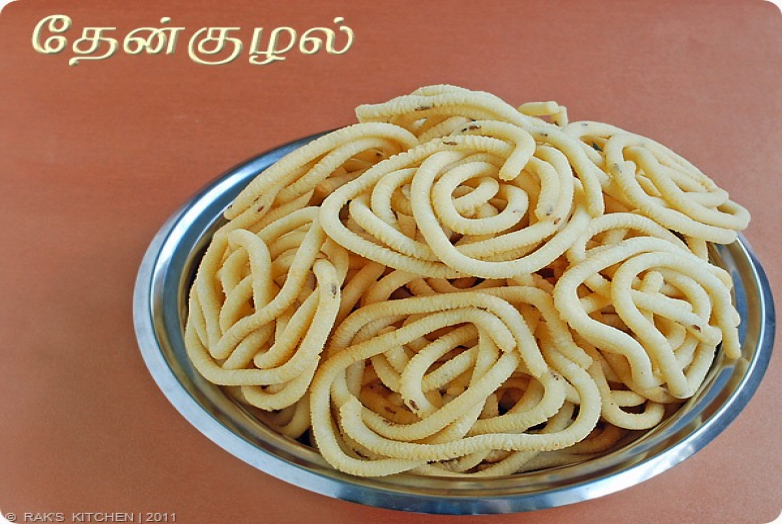
Cultural Background
Thenkuzhal Murukku is a quintessential crunchy snack that's part of many South Indian festivities.While the basic recipe remains traditional, modern twists include flavors like garlic and herbs.
Key Ingredients: Rice Flour, Urad Dal Flour, Cumin Seeds
Step-by-Step Guide
- Mix rice flour, urad dal flour, and cumin seeds.
- Add water to form a soft dough.
- Use a Murukku press to shape the dough.
- Fry in hot oil until crispy and golden.
Kaju Katli
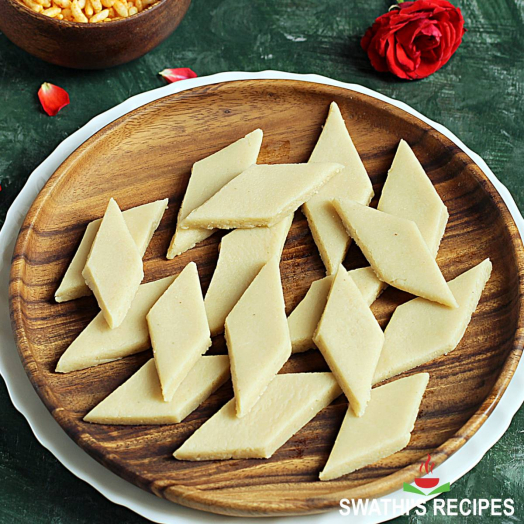
Historical Background
Kaju Katli is believed to have originated in the Mughal kitchens and later became a popular sweet across India, including South Indian weddings.It’s often considered a luxurious sweet, making frequent appearances in gift hampers and wedding feasts.
Key Ingredients: Cashew Nuts, Sugar, Ghee
Step-by-Step Guide
- Grind cashew nuts into a fine powder.
- Prepare sugar syrup of one-thread consistency.
- Mix the cashew powder into the syrup.
- Roll the mixture into a thin layer.
- Cut into diamond shapes and let cool.
FAQs
What are the key ingredients in South Indian sweets?
Common ingredients include jaggery, rice, dal, cardamom, and ghee, each adding unique flavors and textures.
Can these sweets be made at home?
Absolutely! With some patience and the right ingredients, many of these traditional sweets can be recreated in your kitchen.
Are these sweets specific only to South Indian weddings?
While they play a significant role in weddings, these sweets are also enjoyed during various festivals and special occasions throughout the year.

